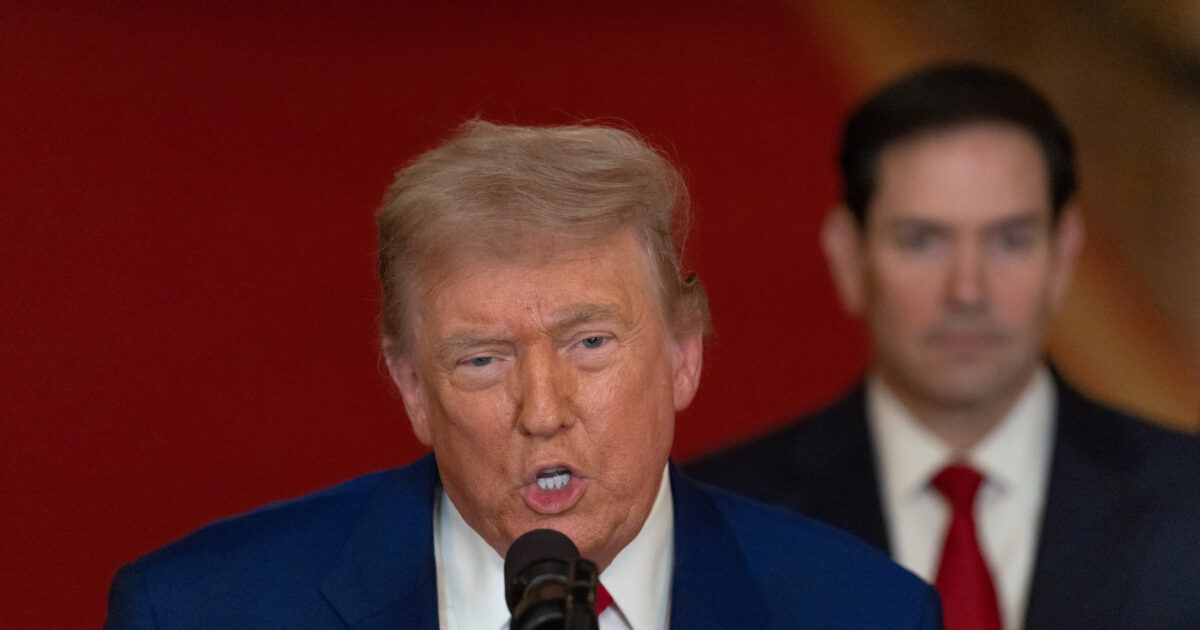As July 9 is approaching, the expiration date of the three -month deadline set by the US President Donald Trump to temporarily suspend the application of increased dictatorial which he had announced, the question that prevails is whether the European Union will be able to conclude a trade agreement with the US and what will be the consequences if this is not possible.
Trump had announced 20% for EU products on April 2, which he reduced a week later to 10% – as well as for most other countries – to enable bilateral trade agreements within 90 days. In the meantime, higher US duties for cars and spare parts (25%) as well as steel and aluminum (50%) apply.
The negotiation, which is made centrally by the Commission for all 27 EU countries, had not made any substantial progress by the end of May. Reportedly, Americans did not accept the European proposal for zero tariffs on industrial products on both sides, setting 10% duties as a negotiating basewhom they call euphemism “reciprocal”.
At the end of May, Trump threatened to immediately impose a 50% duty on European products, but maintained the deadline for July 9th following the intervention of Commission President Ursula von der Lien, who sought time to reach a “good deal”. After this intervention it appears that The negotiation made progresswith the commissioner for the economy, Valdis Dobrovsky, and the Commissioner for Trade and head of the negotiation, Maros Sefsovic, to give a tone of optimism.
According to Reuters, The EU seems to have greatly accepted the maintenance of 10% duties from the USin return for a reduction in duty duties in cars and steel, although this is not officially confirmed, as the negotiation continues.
The President of the Commission informed EU leaders yesterday (28.6.2025) at the summit for a new US proposal, and in statements he made later did not rule out the possibility of not having an agreementsaying that “all options remain on the table”. “Our message today is clear, we are ready for agreement … At the same time, we are preparing for the possibility that a satisfactory agreement will not be reached … and we will defend European interests, as it should be,” he said.
The approaches to the issue from the two largest EU countries are different. German Chancellor Friedrich Mertz noted that a fast and simple trade agreement is better than a slow and complex. According to the Guardian, Mertz is strongly pressured by German automakers and other export companies that argue that a deal with higher US duties than those of the EU would be better than any agreement.
In the briefing made by French President Emmanuel Macron, though he said he would like a quick and realistic trade deal, he added that it should be balanced. If, he said, US duties 10%, Europe’s reaction should have an equivalent effect.
Although President Trump has threatened to impose unilateral duties on countries that have not signed agreements by July 9, it seems that The deadline is likely to be extendedaccording to White House officials. The chairman of the White House Economic Experts Council, Steven Mij, said that a prolongation could be extended to countries that are negotiating “bona fide” and at the same wavelength was the statement by Trump’s spokesman Carolin Levit.
From the American side also seems to be to There is a disposition of acceleration of agreements. Following the Framework Agreement with Great Britain, Trump said he signed on Wednesday (25.6.2025) and an agreement with China, but did not mention details. Commerce Minister Howard Lwutnik told Bloomberg that after the agreement with China there are ten other trade agreements, without mentioning which countries.
For the EU, if there is no agreement until July 9, an extension of the negotiation is possible. In the event that there is no agreement, even after the US, the US announces unilaterally tariffs on European products, the Commission has long made it clear that it will respond to the imposition of proportionate duties on US products, of course, which is not the desired scenario.
